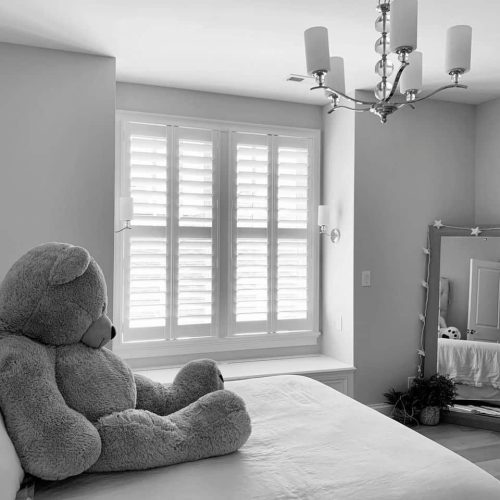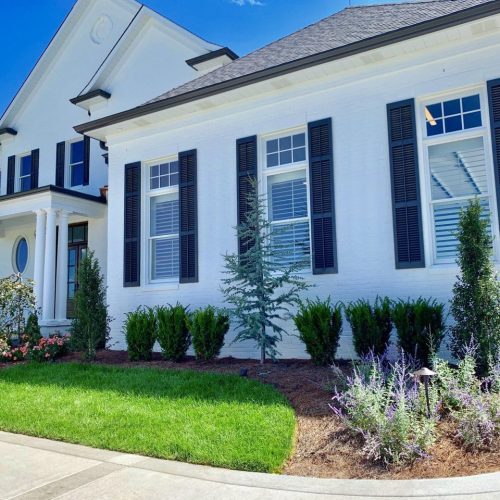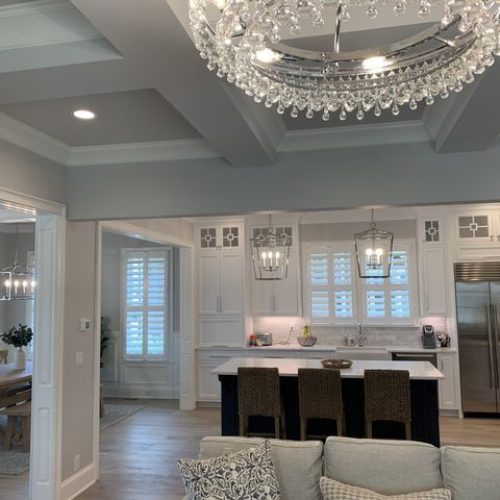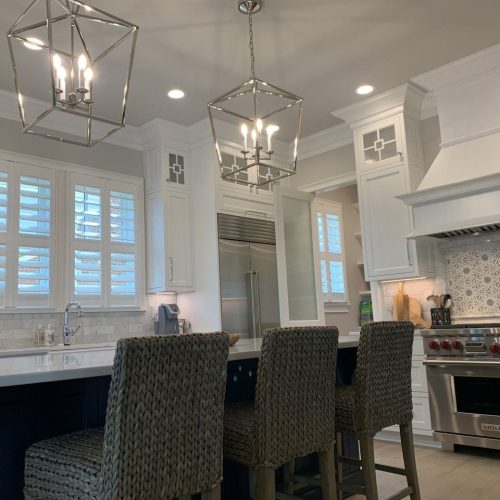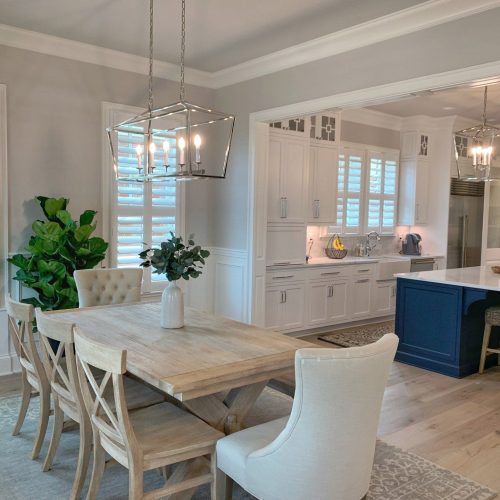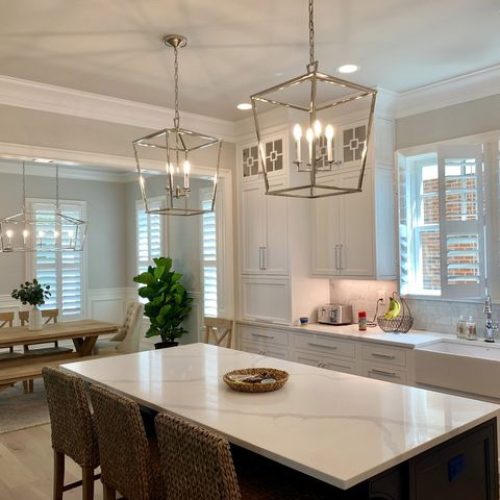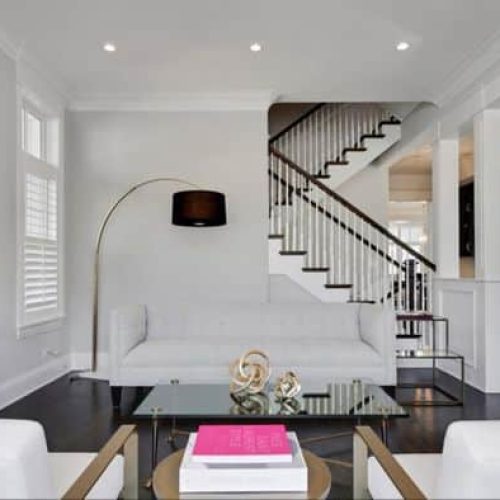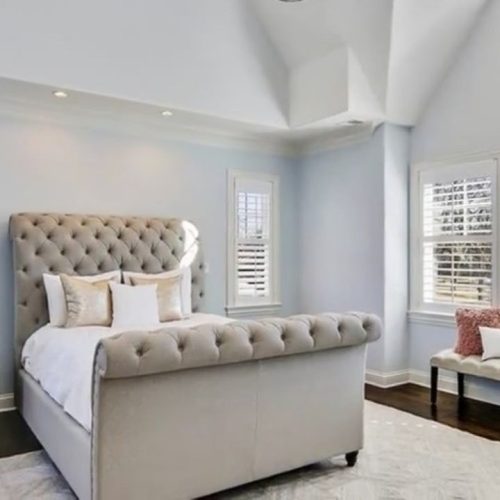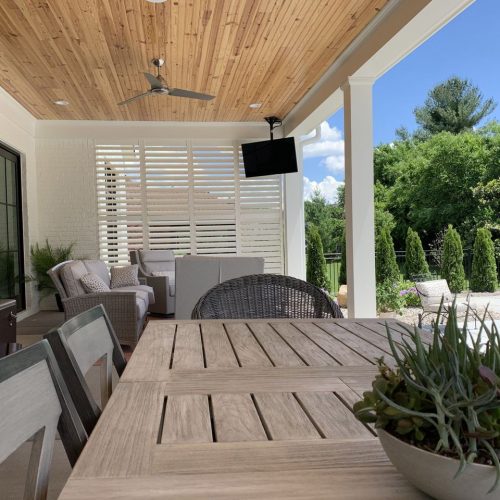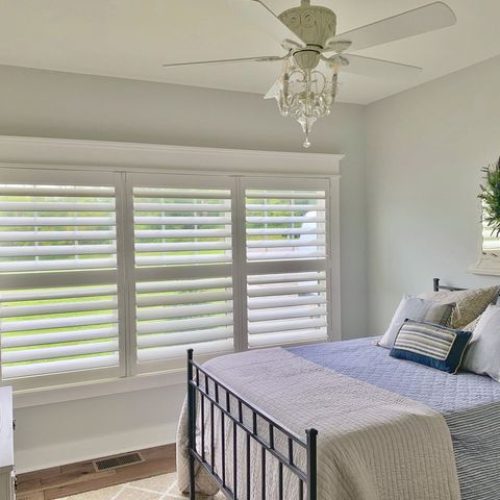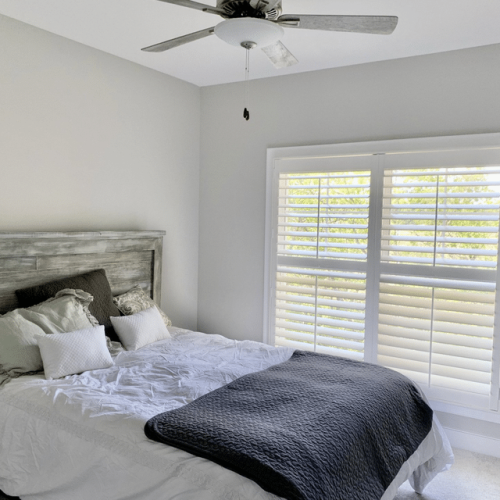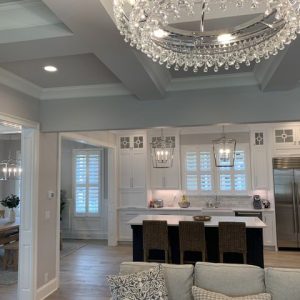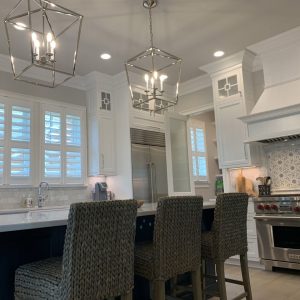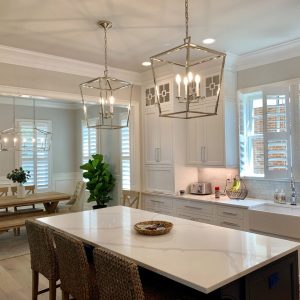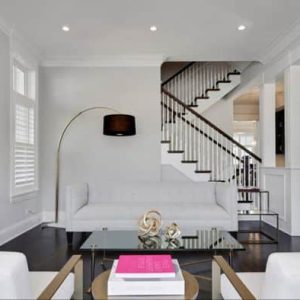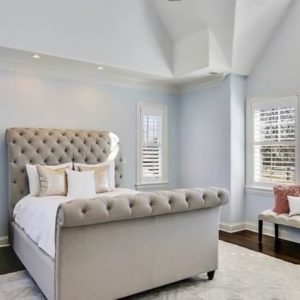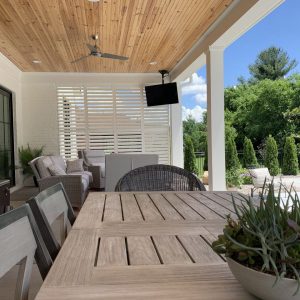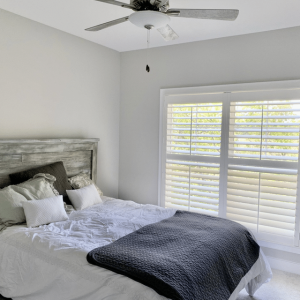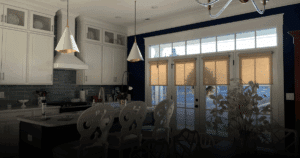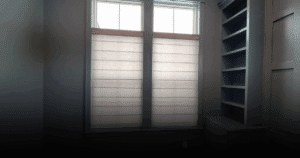
From Factory Floor to Your Door in Lexington, KY
WindowDecor is a family-owned and operated company that was founded in 1993 by Daniel Leadingham. Daniel founded WindowDecor with the goal of providing his community with timely and cost effective window coverings by offering a “from factory floor to customer’s door” level of service.
We encourage you to take advantage of our knowledge and experience by scheduling a free consultation to allow us to help guide you through all the decisions you’ll be making to turn your house into a home. From project design to installation, from manufacturing to warranty, WindowDecor looks forward to helping you accomplish your vision. Come see why we are the most referred Window Covering company in Lexington, KY!
To see our entire product line,click here
We know blinds.
Plantation shutters, roman shades, interior blinds, exterior porch enclosures — if you have a window, we can help you make it look stunning.
We are an end-to-end shop. That means we:
- Consult to help you find the right window coverings.
- Design and produce these window coverings (nearly all are made in the USA)
- Professionally Install them directly in your home or commercial project.
You…
- Don’t need to pay for consultation or measurements
- Don’t need to work with a middleman
- Don’t need to hire an outside installer



Trusted in Lexington, KY for More Than 30 Years
Businesses and home owners trust us to cover their windows.





Working with WindowDecor
Feel confident in your decisions.
You can make all of these decisions about plantation shutters and exterior shades on your own. You really can. But do you want to?
For decades now our team has been helping customers in Lexington, KY find beautiful and creative new ways to enjoy their homes. We do this work day in and day out. We can help you save time and save money by finding what you want quickly. We would love to have you join us and see for yourself how good it feels to be working with a company that cares.

SIMPLICITY
You work with one company from start to finish. We design, manage, and install your window treatment project — inside and outside.
SAVE ON COSTS
With us bringing savings from the factory floor to your home you can be confident you’re getting the best deal!
OVER-THE-TOP SERVICE
See why our customers love us and why they come back time after time for the best quality, service, and products.
PROFESSIONAL PRODUCT
While you do save on costs, we don’t skimp on professionalism and a high-quality product. We stand behind our work. 100%.
Rated 5 Stars by Our Customers!
"I just want to take a few moments to say that from the first initial phone call to inquire about window treatments, to the ordering, and to the installation of window blinds in my new home, everyone involved in the process had great customer service!."
Rebecca Meza
"After checking out a few box stores we realized that we needed a professional opinion to make the best decision.Dan came out to the house and laid out the red carpet for us"
Joshua Gary
"Outstanding service and products from this company.From the initial consultation to the final installation, our experience was positive and professional."
Jennifer Appell
The WindowDecor team was a pleasure to work with, from start to finish. They proved to be much more affordable than other contractors and made every step of the process easy and seamless. As a family-owned and operated business, we were extra happy to support them. If you are looking for custom window treatments, look no further! They are top-notch.
Lindsay C.
We are WindowDecor.
Serving Lexington, KY and surrounding communities.
For three generations, WindowDecor has specialized in building and selling blinds and various window coverings. We work directly with you, the homeowners, to give you professional expertise without the added costs.
Lexington was named in June 1775, in what was then considered Fincastle County, Virginia, 17 years before Kentucky became a state. A party of frontiersmen, led by William McConnell, camped on the Middle Fork of Elkhorn Creek (now known as Town Branch and rerouted under Vine Street) at the site of the present-day McConnell Springs. Upon hearing of the colonists’ victory in the Battles of Lexington and Concord on April 19, 1775, they named the site Lexington. It was the first of many American places to be named after the Massachusetts town.
On January 25, 1780, 45 original settlers signed the Lexington Compact, known also as the “Articles of Agreement, made by the inhabitants of the town of Lexington, in the County of Kentucky.” The settlement at Lexington at this time was also known as Fort Lexington, as it was surrounded by fortifications to protect from the British and from Indians. The Articles allocated land by granting “In” lots of 1/2 acre to each share, along with “Out” lots of 5 acres for each share. Presumably the “In” lots were for the family dwelling inside the fortifications, while the “Out” lots were to be “cleared” for farming. (Corn is the only crop specifically mentioned in the Articles). It is known that several of these original settlers (perhaps many of them) served under General George Rogers Clark in the Illinois campaign (also called the Northwestern campaign) against the British in 1778–79. While the ostensible founder of Lexington, William McConnell, is not one of the signees, an Alexander McConnell is. Within two years of signing the Agreement, both John and Jacob Wymore were killed by Indians in separate incidents outside the walls of “Fort Lexington”.
In December, 1781, a huge caravan of around 600 pioneers from Spotsylvania County, Virginia–dubbed “The Travelling Church”–arrived in the Lexington area. Led by the preacher Lewis Craig and Captain William Ellis, the Travelling Church established numerous churches, including the South Elkhorn Christian Church in Lexington. On May 6, 1782, the town of Lexington was chartered by an act of the Virginia General Assembly. Around 1790, the First African Baptist Church was founded in Lexington by Peter Durrett, a Baptist preacher and slave held by Joseph Craig. Durrett had helped guide “The Travelling Church” on its trek to Kentucky. This church is the oldest black Baptist congregation in Kentucky and the third-oldest in the United States.
In the early 1800s, Lexington was a rising city of the vast territory to the west of the Appalachian Mountains; Josiah Espy described it in a published version of his notes as he toured Ohio and Kentucky:
In the early 19th century, Lexington planter John Wesley Hunt became the first millionaire west of the Alleghenies. Henry Clay, a lawyer who married into one of the wealthiest families of Kentucky and served as Speaker of the United States House of Representatives in 1812, helped to lead the War Hawks, pushing for war with Great Britain to bolster the markets of American products. Six companies of volunteers came from Lexington, with a rope-walk on James Erwin’s farm on the Richmond Road used as a recruiting office and barracks until the war ended. Several Lexingtonians served with prominence as officers in the war. For example, Captain Nathaniel G.S. Hart commanded the Lexington Light Infantry (also known as the “Silk Stocking Boys”) and was killed while a captive after the Battle of the River Raisin. Henry Clay also served as a negotiator at the Treaty of Ghent in 1814.
The growing town was devastated by a cholera epidemic in 1833, which had spread throughout the waterways of the Mississippi and Ohio valleys: 500 of 7,000 Lexington residents died within two months, including nearly one-third of the congregation of Christ Church Episcopal. London Ferrill, second preacher of First African Baptist, was one of three clergy who stayed in the city to serve the suffering victims.
Farmers in the areas around Lexington held slaves for use as field hands, laborers, artisans, and domestic servants. In the city, slaves worked primarily as domestic servants and artisans, although they also worked with merchants, shippers, and in a wide variety of trades. Farms raised commodity crops of tobacco and hemp, and thoroughbred horse breeding and racing became established in this part of the state. In 1850, one-fifth of the state’s population were slaves, and Lexington had the highest concentration of slaves in the entire state. It also had a significant population of free blacks, who were usually of mixed race. By 1850, First African Baptist Church, led by London Ferrill, a free black from Virginia, had a congregation of 1,820 persons, the largest of any, black or white, in the entire state.
Amidst the tensions between black and white populations over the lack of affordable housing in the city, a race riot broke out on September 1, 1917. At the time, the Colored A. & M. Fair (one of the largest African American fairs in the South) on Georgetown Pike had attracted more African Americans from the surrounding area into the city. Also during this time, some United States National Guard troops were camping on the edge of the city. Three troops passed in front of an African American restaurant and shoved some people on the sidewalk. A fight broke out, reinforcements for the troops and civilians both appeared, and soon a riot began. The Kentucky National Guard was summoned, and once the riot had ended, armed soldiers and police patrolled the streets. All other National Guard troops were barred from the city streets until the fair ended.
On February 9, 1920, tensions flared up again, this time over the trial of Will Lockett, a black serial killer who murdered Geneva Hardman, a 10-year-old white girl. When a large mob gathered outside the courthouse where Lockett’s trial was underway, Kentucky Governor Edwin P. Morrow massed the National Guard troops into the streets to work alongside local law enforcement. As the mob advanced on the courthouse, the National Guard opened fire, killing six and wounding 50 others. Fearing further retaliation from the mob, Morrow urged the United States Army to provide assistance. Led by Brigadier General Francis C. Marshall, approximately 1,200 federal troops from nearby Camp Zachary Taylor moved into the city the same day to assist National Guard forces and local police in bringing order and peace. Marshall declared martial law in the city and had soldiers positioned throughout the area for two weeks. Lockett was eventually executed on March 11 at the Kentucky State Penitentiary in Eddyville, after being found guilty of murdering Hardman.
In 1935, during the Great Depression, the Addiction Research Center (ARC) was created as a small research unit at the United States Public Health Service hospital in Lexington. Founded as one of the first drug rehabilitation clinics in the nation, the ARC was affiliated with a federal prison. Expanded as the first alcohol and drug rehabilitation hospital in the United States, it was known as “Narco” of Lexington. The hospital was later converted to operate as part of the federal prison system; it is known as the Federal Medical Center, Lexington and serves a variety of health needs for prisoners. Lexington also served as the headquarters for a pack horse library in the late 1930s and early 1940s.
The Lexington-Fayette metro area includes five additional counties: Clark, Jessamine, Bourbon, Woodford, and Scott. This is the second-largest metro area in Kentucky after Louisville. According to the United States Census Bureau, the city has a total area of 285.5 square miles (739 km2). 284.5 square miles (737 km2) of it is land and 1.0 square mile (2.6 km2) of it (0.35%) is covered by water.
Lexington features a diverse cityscape.
Lexington has had to manage a rapidly growing population while working to maintain the character of the surrounding horse farms that give the region its identity. In 1958, Lexington enacted the nation’s first urban growth boundary, restricting new development to an urban service area (USA). It set a strict minimum area requirement, currently 40 acres (160,000 m2), to maintain open space for landholdings in the rural service area.
In 1980, the comprehensive plan was updated: the USA was modified to include urban activity centers (UACs) and rural activity centers (RACs). The UACs were commercial and light-industrial districts in urbanized areas, while RACs were retail trade and light-industrial centers clustered around the Interstate 64/Interstate 75 interchanges. In 1996, the USA was expanded when 5,300 acres (21 km2) of the RSA were acquired through the expansion area master plan (EAMP). This was controversial: this first major update to the comprehensive plan in over a decade was accompanied by arguments among residents about the future of Lexington and the Thoroughbred farms.
The EAMP included new concepts of impact fees, assessment districts, neighborhood design concepts, design overlays, mandatory greenways, major roadway improvements, stormwater management, and open-space mitigation for the first time. It also included a draft of the rural land management plan, which included large-lot zoning and traffic-impact controls. A pre-zoning of the entire expansion area was refuted in the plan. A 50-acre (200,000 m2) minimum proposal was defeated. Discussion of this proposal appeared to stimulate the development of numerous 10-acre (40,000 m2) subdivisions in the RSAs.
Three years after the expansion was initiated, the RSA land management plan was adopted, which increased the minimum lot size in the agricultural rural zones to 40-acre (160,000 m2). In 2000, a purchase of development rights plan was adopted, granting the city the power to purchase the development rights of existing farms; in 2001, $40 million was allocated to the plan from a $25-million local, $15-million state grant.
Lexington is in the northern periphery of the humid subtropical climate zone (Cfa), with hot, humid summers and moderately cold winters with occasional mild periods; it falls in USDA hardiness zone 6b. The city and the surrounding Bluegrass region have four distinct seasons that include cool plateau breezes, moderate nights in the summer, and no prolonged periods of heat, cold, rain, wind, or snow. The monthly daily average temperature ranges from 33.9 °F (1.1 °C) in January to 76.7 °F (24.8 °C) in July, while the annual mean temperature is 56.3 °F (13.5 °C). On average, 25 days of 90 °F (32 °C)+ highs occur annually and 23 days per winter where the high is equal to or less than freezing. Annual precipitation is 49.84 inches (1,270 mm), with the late spring and summer being slightly wetter; snowfall averages 14.5 inches (37 cm) per season. Extreme temperatures range from −21 °F (−29 °C) on January 24, 1963, to 108 °F (42 °C) on July 10 and 15, 1936.
Lexington is recognized as a high allergy area by the Asthma and Allergy Foundation of America.



